|
By Graham K. Rogers
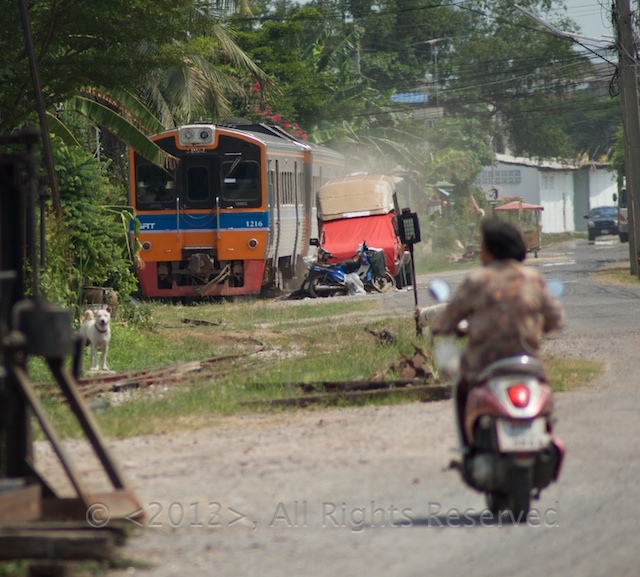
The arrival of a friend from the north of Thailand gave me the perfect opportunity to complete the second leg of one of Thailand's oddest rail links. The first part starts at Wongwianyai almost in a side street and goes to Mahachai in Samut Sakhon. Then across the river another line runs from Ban Laem station down to Mae Klong, the famous market that is actually on the tracks. As a train approaches the wares are cleared, awnings are folded back and people make themselves as thin as possible at the sides of the track for the few seconds that the train passes.
The trip was more a look round than a look at the railway. I was interested in taking more pictures, but why reinvent the wheel? The day had three major subjects: people, salt-making and birds.
On the return journey from Mae Klong, a probable derailment was averted by the actions of the train driver.With the long delay while the track was repaired, I was able to watch the slow action on the salt marshes and had a number of interesting photo opportunities.
The run to Mahachai was delayed slightly as it had been when I made the trip last week because of extensive track repairs. The line is well-used by local people and there are always a few tourists. Like any such facility, it requires regular maintenance. A visit to the sheds at Mahachai show that the small team there maintain the trains in good order, and now there is some investment in the permanent way, changing from a tie-bar type to full concrete sleepers.
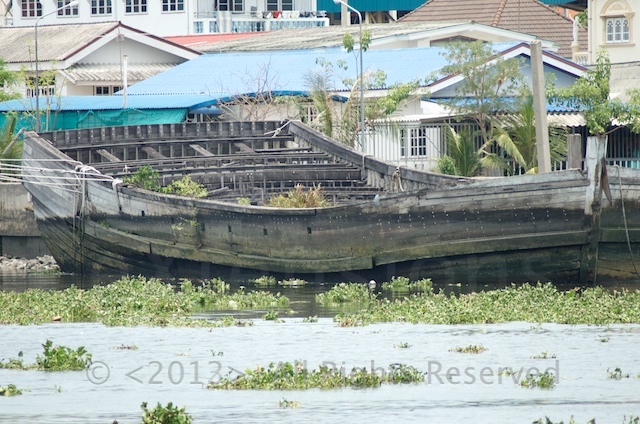
Knowing how slow life is on the Ban Laem side, I had lunch at Mahachai then slowly wandered in the direction of the ferry. A large influx of water hyacinth was attracting the birds, including a small flock of sparrows who were eating parts of the plants. A couple of egrets also landed on the floes.
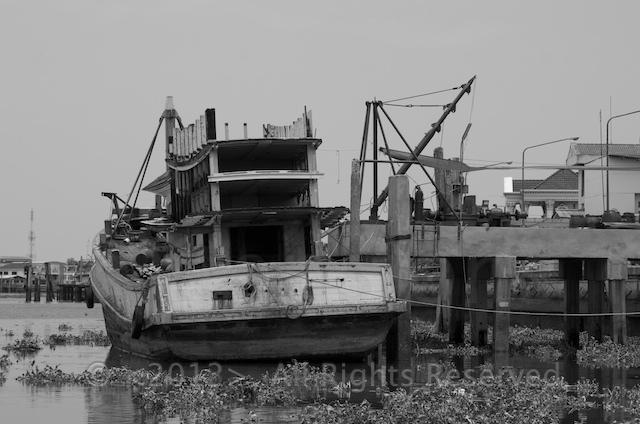
After a leisurely stroll from the ferry along to the station, I went into the ticket office. The clerk was busy washing plates so I sat outside and waited. A dog was sheltering from the heat beneath one of the older railcars parked there. When the clerk was done with his plates, he gave me a wave and I asked for the tickets. He told me the train would be delayed, from its scheduled 13:30 to about 14:00.
With this information, I asked about the return trip. He told me that (instead of the 1 hour wait) there would be a 15-minute turnaround while the train was cleaned. He suggested taking one of the many vans that runs between Mae Klong and Bangkok, but I just said, "I prefer trains". I hate those vans too.
We waited and just after 14:00 the train came into view. With a few minutes for cleaning, the trip began about 10 minutes later than the clerk had suggested. Like at Mae Klong, the line is edged by scores of homes built right up to the track which necessitates a careful passage at the start. Speed did pick up a little, but the nature of this line with its poor maintenance and subsiding track means that even at the gentle pace this short train was maintaining the carriages lurch from side to side.
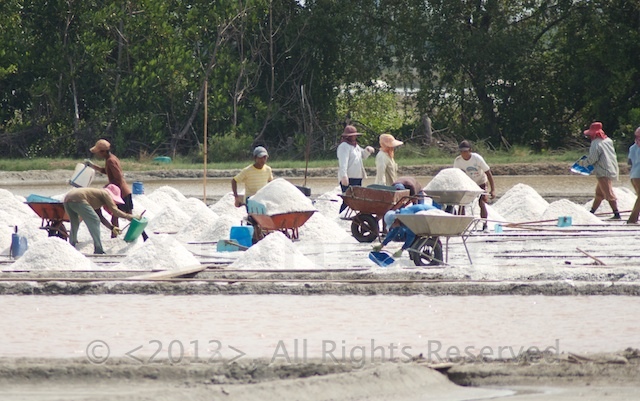
Most of the parts of the province that the railway passes through are flat with vast areas of water. Some is used for making salt, some is unused marshland with a rich bird life, while much of the water is badly polluted. Much dumping goes on - solid and liquid - so with the processes that the salt-making requires, large areas are significantly polluted.
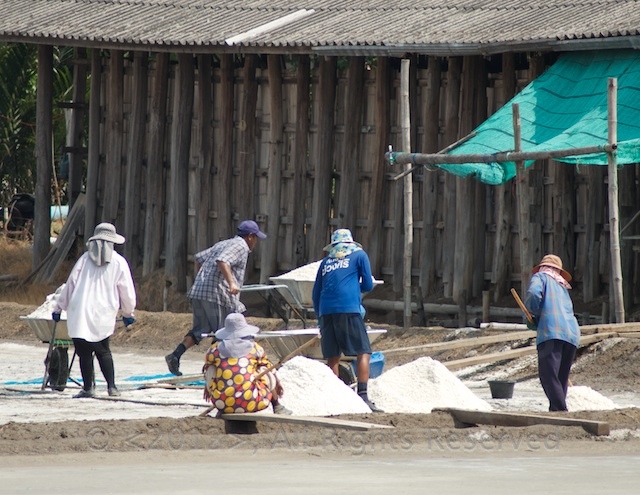
The speed of the train means that it is possible to take some fairly good photographs of the surroundings, but the main difficulty I had was of trying to take birds in flight.
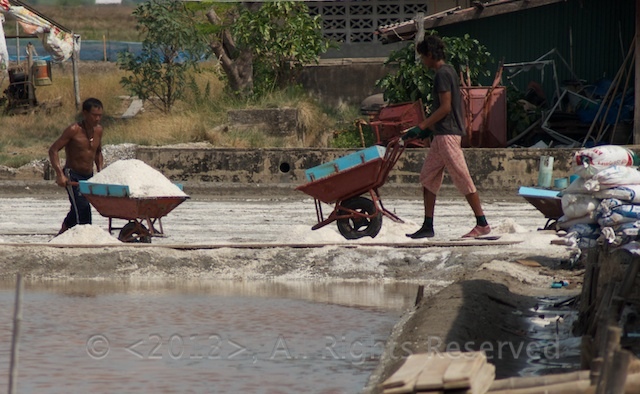
I was able to take some distant shots of a number of the wading birds and this is where a larger DSLR camera scores: interchangeable lenses, larger CCD (charge coupled device), and no film. The expense of film alone makes such a difference nowadays with the freedom to just keep shooting until the memory card fills up.
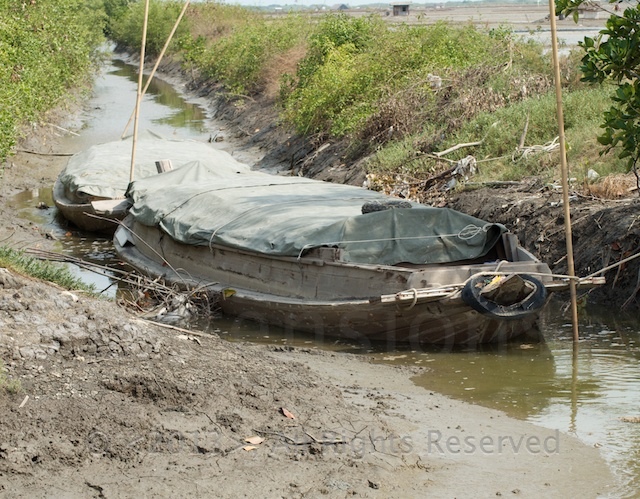
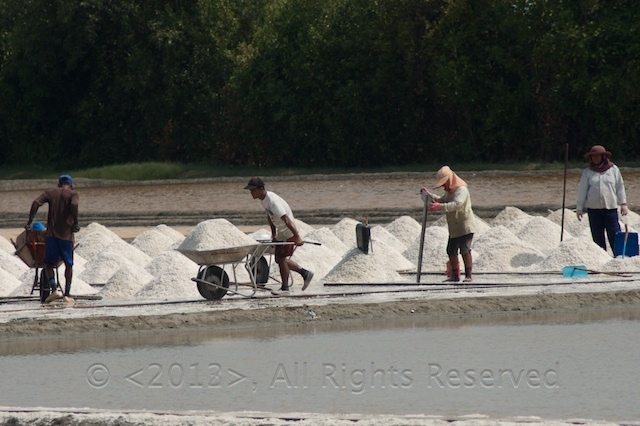
As I use a 32 GB SD card with the Nikon D7000, the chances of that happening are relatively slim. For this day, I took over 500 images - many of which were useless and trashed right away - so the card was about half full. A smaller card on the Nikon D70 was also nowhere near used up.
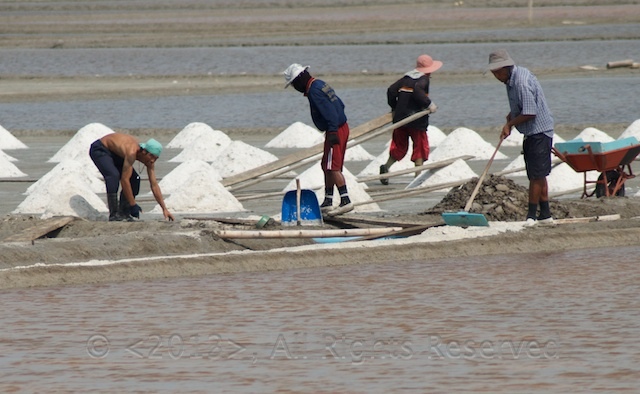

At Mae Klong we were clearly late arriving. I asked the ticket collector how long we had and was told 5 minutes. I had time to buy tickets and get back on the train. There had been the usual slow progress through the market and now - a few minutes later - the train disrupted the market once again.
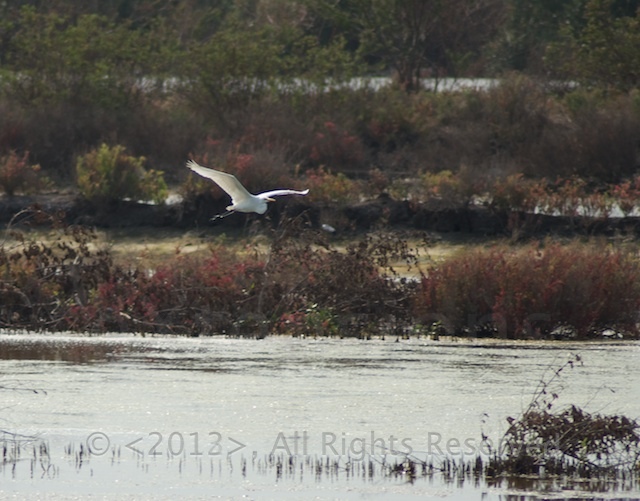
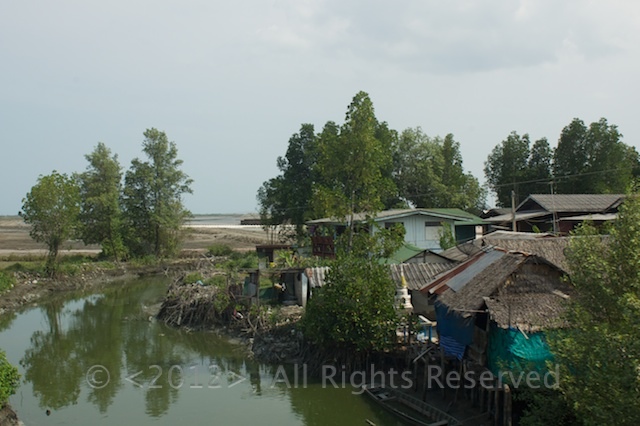
We were soon back in open country, heading back in the general direction of Bangkok, but in the middle of marshes and salt fields, the brakes of the train came on and we came to a halt.
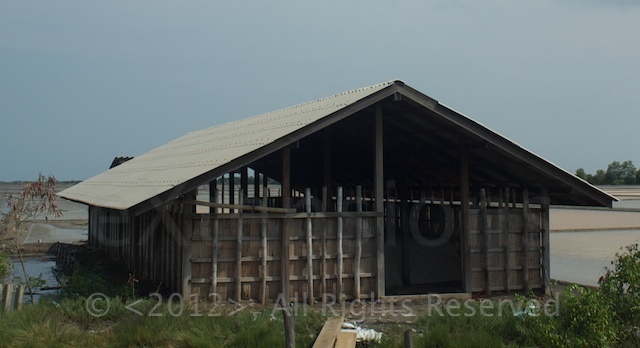
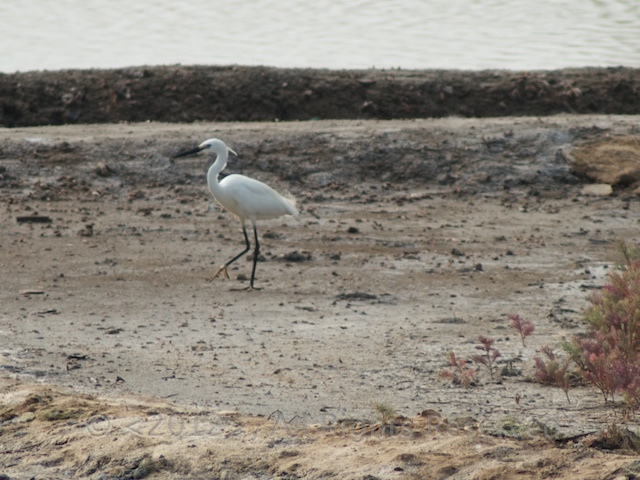
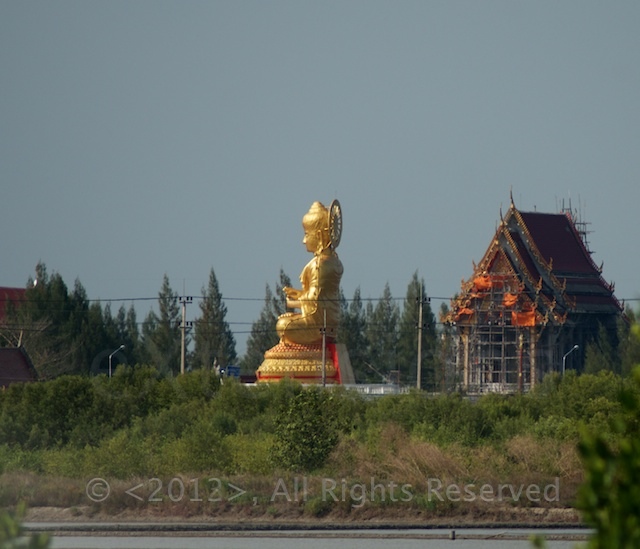
There was action at the front with the driver leaving his small compartment and walking along the track. Other railway staff followed. He had spotted a problem with one of the tracks over a small bridge. It was clear that this was (at least) misaligned and might have caused a derailment, with a drop to a small canal, the potential was there for an accident, so we stayed put.
The staff phoned ahead and some time later a two-man crew on a tiny yellow maintenance truck, powered by a small diesel engine arrived. After more discussion, they set to work and I could see the sparks from welding. The line is not heavily used, with four trains each day back and forth, but there does not seem to be much investment.
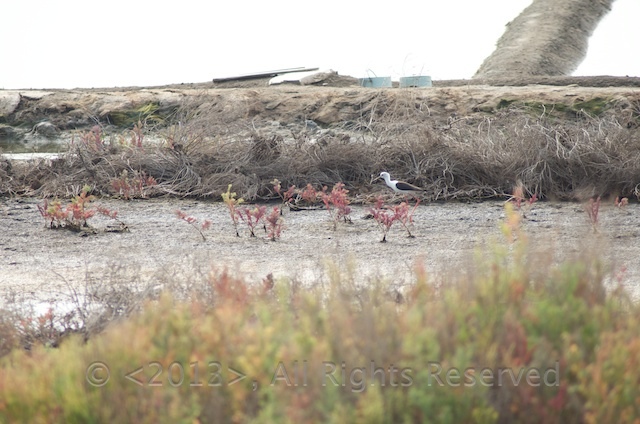
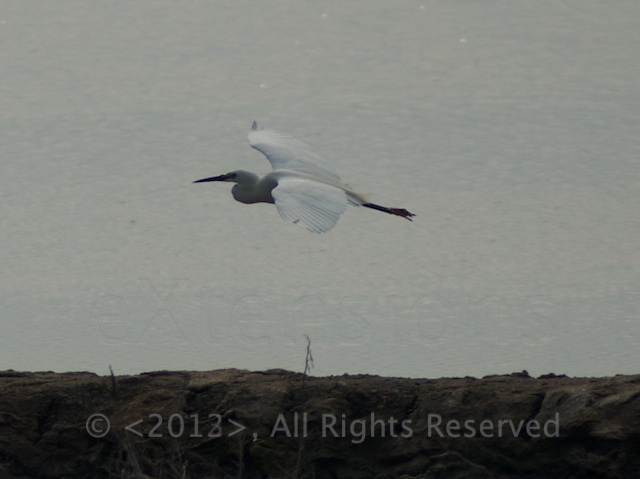
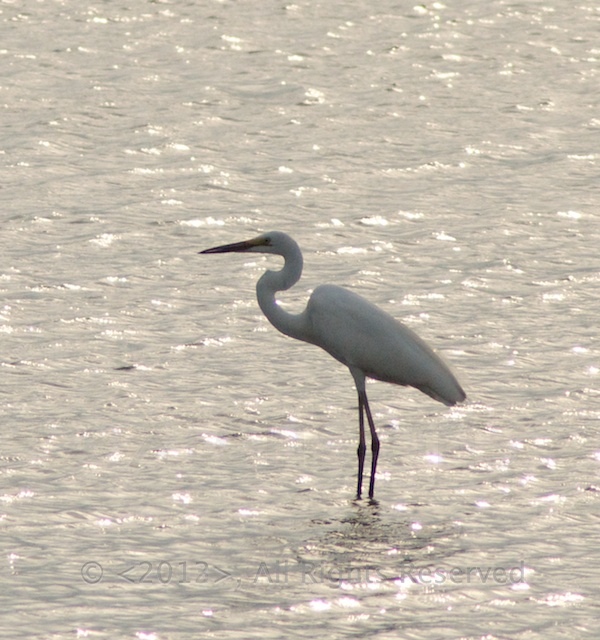
When I did the same trip last year, I made similar comments. Nothing seems to have changed. A monk who made the journey down in the same train and was also now heading back was critical of the lack of maintenance too. The railway staff did well, but it must be like working with one hand tied behind your back.
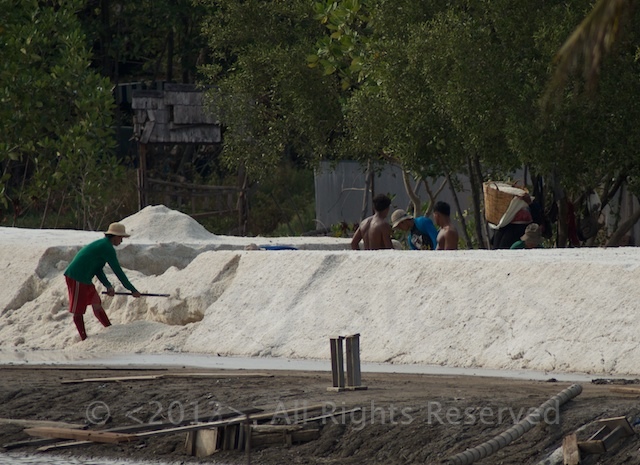
When the repair was complete, the train was driven carefully across the bridge and then we picked up speed heading back. The first station we came to was Ked Muang which looks like a bus shelter at the side of the track. I noticed this last year and thought of Adlestrop.
The steam hissed. Someone cleared his throat.
No one left and no one came
On the bare platform. What I saw
Was Adlestrop - only the name
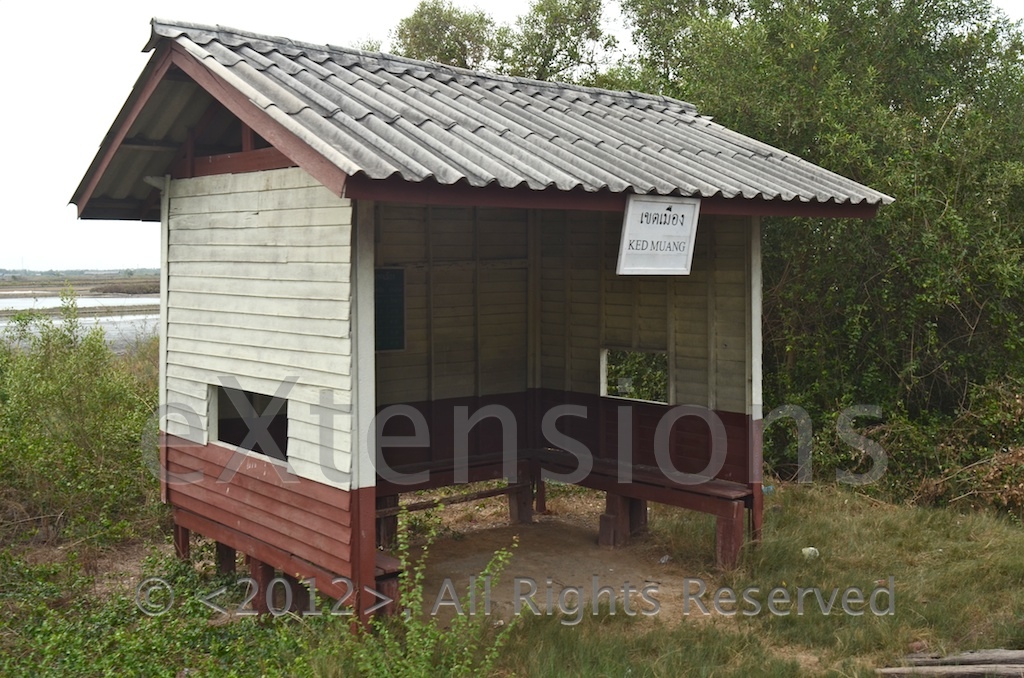
As with Adlestrop, no one left and no one came. There was a pause, the train sounded its horn and we were off lurching towards Banlaem.
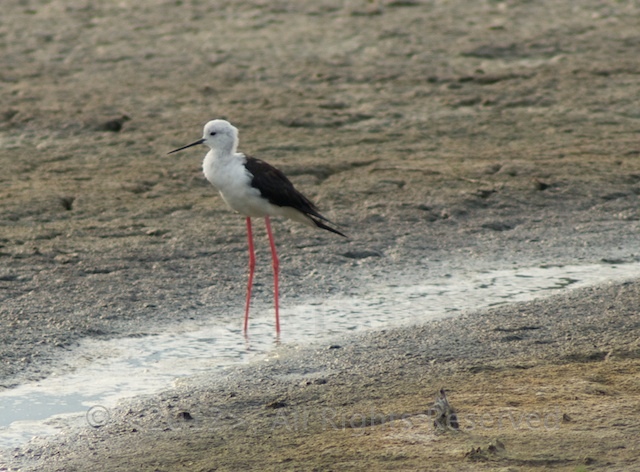
Light was beginning to lessen as the sun approached the horizon, but there was still enough to take a few more photographs.
While I had seen a number of skeletons of old wooden boats, it was good to see that new fishing boats were being built as we arrived just outside Banlaem.
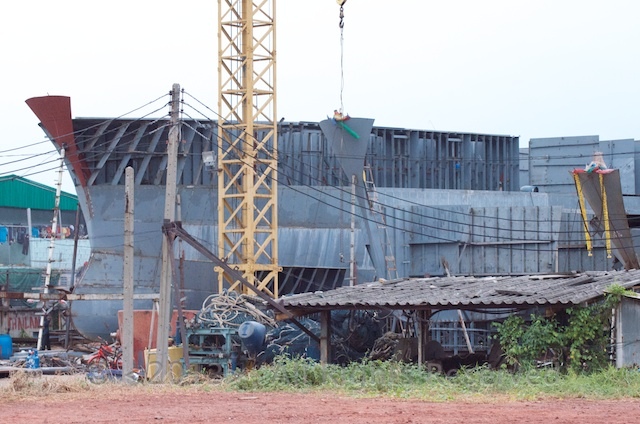
As with the departure, going back to the station meant a cautious passage through the houses built right up to the track. When the train arrived at the station, there were 20 or 30 quite young schoolkids waiting. As the train pulled in a number of them cheered.
The staff all came out onto the platform and as there were also some Chinese tourists on the train, they and I were helped off the train with a smile and directed towards the exit.
By the time we had crossed the river, the sky was becoming darker - it happens so quickly here and there is almost no twilight. As we left the ferry, one of the young Chinese came up and asked me if I were headed to Bangkok. They had just got on the train at Mae Klong and were not really sure were they were going. They followed me to the station and I showed them where to go to buy tickets (when the office opened). I was impressed with the level of English they were able to manage.
Not far outside Mahachai, it began to rain heavily. The monk who had gone down to Mae Klong was also in the compartment and was one of the last to close the window. He tried once or twice to open it again and just seemed to prefer the fresh air. At Thalad Phlu it was stil raining, but mercifully within a couple of minutes it stopped and we made the final few hundred metres in relatively dry conditions.
Graham K. Rogers teaches at the Faculty of Engineering, Mahidol University in Thailand where he is also Assistant Dean. He wrote in the Bangkok Post, Database supplement on IT subjects. For the last seven years of Database he wrote a column on Apple and Macs.
|

























